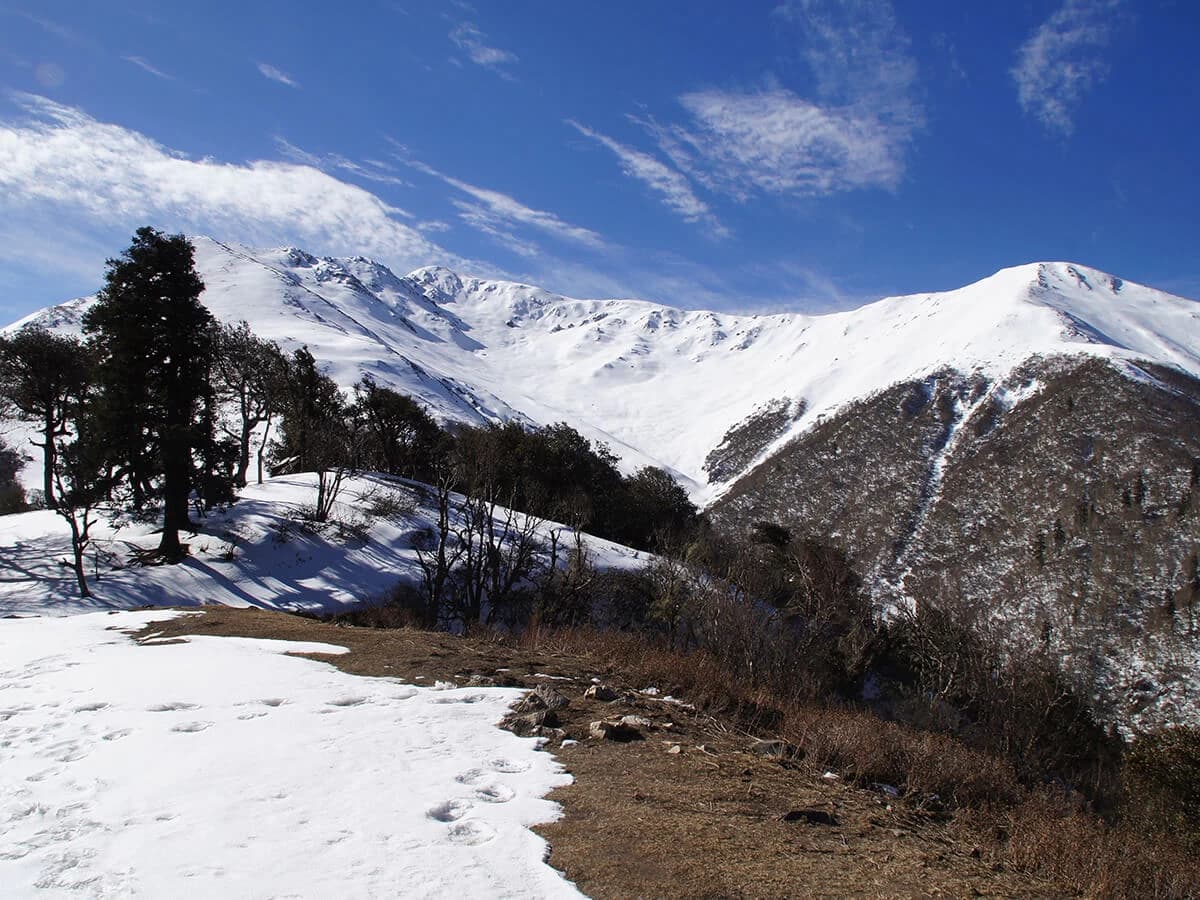Highlights
- Exploration of the hidden valleys of the gem of Nepalese trans-Himalayan region
- The deepest lake of Nepal, Shey-Phoksundo Lake
- Flora and fauna of Shey-Phoksundo National Park
- The Bon-Po and Buddhist monasteries of Shey Village on the backdrop of the Sacred Crystal Mountain
- Lifestyle, culture and tradition of one of the highest altitude human settlement areas in the world
The Upper Dolpo trek leads to the northern highlands of Dolpo district of Karnali Province bordering with the Tibetan Autonomous Province. It is the most remote, the least developed, and the highest inhabited region of Nepal, yet full of natural and cultural wonders. Moreover, this region remained practically secluded for centuries from Nepal but closely connected geographically and culturally with Tibetan Plateaus. The hidden valley was popularized significantly by the books titled ‘The Snow Leopard’ and ‘Himalayan Pilgrimage’ and the movie titled ‘The Himalaya.’ In the recent years, more and more hardcore trekkers who prefer cultural experience to the usual luxurious trips have been embarking upon the Inner Dolpo Trek.
No matter how distant Dolpo may seem, it is abundantly blessed by nature and within this blessed land lies Nepal’s largest national park, the Shey Phoksundo National Park, named jointly after the famous Shey Village and Phoksundo Lake. Dolpo region is situated between the Dhaulagiri mountain range and the Tibetan Plateau. In fact, Dolpo is the hidden gem of Nepal having the geographical extension of Tibet and home to a unique race of Tibetan-speaking natives. You cannot compare anything else with the cultural shock our Inner Dolpo trek offers in the company of th hardy Dolpo dwellers.
A would-be World Heritage Site, Dolpo is famous for centuries old Bon-Po and Buddhist monasteries justifying the existence of Tibetan culture. The Sacred Crystal Mountain is the most important pilgrimage site for the Buddhist people from all over the world. The three gompas: Komoche Gompa, Sel Sumdo Gompa and Tsakang Gompa are the cultural highlights of Shey Village of Upper Dolpo. These monasteries are on the backdrop of the Holy Crystal Mountain that the pilgrims take a kora (circumambulation) of the mountain for religious purpose. This is way, Dolpo region is said to be the last enclave of authentic Tibetan culture left on earth.

Upper Dolpo trekking excursion starts from Jhupal, then, you will visit several interesting villages, valleys and serene forest of pines, oaks and rhododendron. While the trail crosses numerous mountains, ultimately you ascend to a staggering altitude of 5,360m at Kang La Pass. Visits to the ancient Shey Gompa (Shey Monastery), Phoksundo Lake and Ringmo Village will make this trek even more memorable and enjoyable. Dho Tarap, one of the largest villages of Dolpo is one of the highest altitude permanent human settlement areas in the world.
Trekking to Inner Dolpo can be done even in rainy season as it lies in the rain shadow area, so, low or no rainfall. The best time to make a journey around Upper Dolpo region is spring (April and May) and autumn (October and November). This time, the temperature is pleasant and the skies are clear that you can have the full-fledged panoramic vistas of the surrounding. Nevertheless, planning to visit Dolpo region in winter may not be as appropriate as in other seasons because of the snowfall. As there are three high passes over 5,000m, the trekking trail may be blocked due to heavy snowfall.

Upper Dolpo trek has a large scope for traversing into other regions of the trans-Himalayan region of Nepal. Some of the popular trekking packages of this region are Juphal to Lake Phoksundo trek, Upper Dolpo to Annapurna region trekking, Upper Dolpo to Jomsom trek and Dolpo to Rara Lake trek. You can find Upper Dolpo region trekking itineraries ranging from 22 days to 27 days based on the duration, route and your stamina of walking. Orbit Alpine Adventure has designed Upper Dolpo trek 22 itinerary to assist you explore the hidden valleys and rustic lifestyle of the northern part of Nepal. For customized Dolpo region trekking package, you can reach Orbit Alpine Adventure via email, phone call, WhatsApp or online booking facilities.


